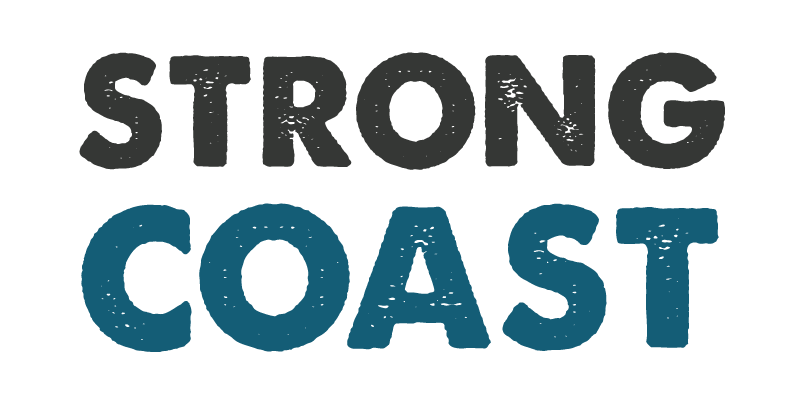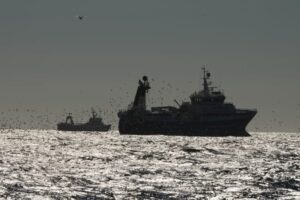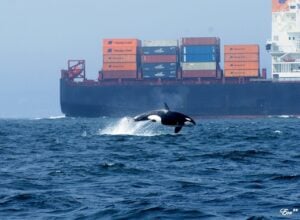
Shipbreaking, a necessary but potentially hazardous industry, is under scrutiny in Union Bay, British Columbia. The process of dismantling ships for recycling valuable materials like steel, copper, and aluminum also entails dealing with toxic substances such as heavy metals and oil residues. The environmental implications of these activities are particularly concerning in ecologically sensitive areas like Union Bay, known for its significant contributions to BC’s shellfish industry and the Georgia Strait commercial herring fishery.
A key challenge in managing the environmental impact of the shipbreaking operations by Deep Water Recovery since 2019 is the complex jurisdictional landscape. The site falls under the province’s jurisdiction, the regional district is responsible for the upper beach area, and the federal government oversees the vessels themselves. This division of authority has led to a lack of coordinated oversight, allowing the company to operate with minimal regulation. In The Skeena article, environmental lawyer Carla Conkin highlights this issue, noting that the company has been exploiting the lack of coordination between different levels of government.

The Concerned Citizens of Baynes Sound, a local advocacy group, has been vocal about the potential environmental harm caused by shipbreaking activities, particularly the risk of contaminating the waters with hydrocarbons, cadmium, and raw sewage. This concern is not unfounded, given the ecological significance of Baynes Sound and its role in BC’s seafood industry.

In response to these concerns, it’s crucial for the involved governmental bodies to establish clearer regulations and enforcement mechanisms. Effective coordination between the provincial, regional, and federal authorities is essential to ensure that environmental protections are not only in place but also actively enforced.
Read this article by The Skeena for more information.




